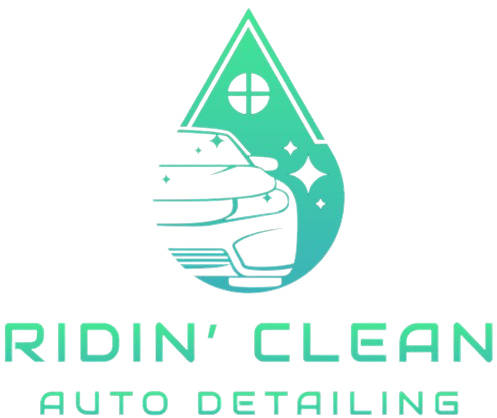If you’ve noticed those unsightly swirl marks and scratches on your car’s paint, you’re not alone. Swirls and minor scratches are common issues that occur over time due to improper washing techniques, environmental factors, and everyday wear and tear. These imperfections can dull your car’s finish and reduce its overall aesthetic appeal.
The good news? Paint correction is a professional detailing process designed to restore your vehicle’s paint to its original, flawless condition by removing or reducing swirls, scratches, oxidation, and other defects.
In this step-by-step guide, we’ll explain what paint correction is, how it works, and the best way to get rid of swirls and scratches to bring back that deep, glossy finish your car deserves.

What Are Swirls and Scratches?
Swirl Marks
Swirl marks are tiny, circular scratches that usually appear on the surface of your paint. They’re often caused by:
-
Using dirty or abrasive towels during washing or drying
-
Automatic car washes with stiff brushes
-
Poor waxing or polishing techniques
Swirls can make your paint look dull and cloudy, especially under direct sunlight.
Scratches
Scratches are deeper than swirls and may penetrate through the clear coat or even the paint itself. They can be caused by:
-
Contact with keys, branches, or other sharp objects
-
Improper cleaning tools or techniques
-
Accidental bumps or abrasions
Depending on their depth, scratches might require different levels of correction.
What is Paint Correction?
Paint correction is the process of removing imperfections from your car’s paint surface by polishing and compounding. The goal is to smooth out the clear coat and eliminate or minimize defects such as swirls, scratches, oxidation, water spots, and etching.
The process involves:
-
Cleaning and decontaminating the paint surface
-
Using polishing compounds to abrade and smooth the paint
-
Buffing with machines or by hand to restore gloss and clarity
Paint correction can be light, moderate, or heavy, depending on the severity of the damage.
Step-by-Step Guide to Paint Correction for Swirls and Scratches
Step 1: Wash and Decontaminate Your Car
Start with a thorough wash to remove dirt and grime that can cause more scratches during polishing.
-
Use a high-quality car shampoo and microfiber mitt.
-
Rinse thoroughly.
-
Use a clay bar or chemical decontaminant to remove bonded contaminants.
-
Dry with a clean microfiber towel.
Step 2: Inspect the Paint
In good lighting, inspect your paint closely to identify the severity of swirls and scratches.
-
Use a flashlight or sunlight to highlight defects.
-
Determine whether the scratches are surface-level or deeper.
Step 3: Choose the Right Polishing Compounds and Pads
Not all scratches require the same treatment. For:
-
Light swirls: Use a light polish or finishing polish with a soft foam pad.
-
Moderate scratches: Use a medium-cut polish and a slightly more abrasive pad.
-
Deep scratches: May require heavy compounding and potentially professional repair.
Step 4: Start Polishing
-
Use a dual-action polisher or rotary buffer with the appropriate pad.
-
Apply the polishing compound to the pad.
-
Work in small sections (about 2’x2’).
-
Move the polisher slowly and evenly in overlapping passes.
-
Check progress frequently and adjust pressure or polish as needed.
Step 5: Wipe Off Residue and Inspect
-
Use a clean microfiber towel to wipe off polish residue.
-
Inspect the area to see if the swirls and scratches have diminished.
-
Repeat polishing if necessary, but avoid over-polishing which can damage the paint.
Step 6: Finish with a Fine Polish and Sealant
-
After compounding, use a finer polish to refine the finish and bring out maximum gloss.
-
Apply a paint sealant, wax, or ceramic coating to protect the newly corrected paint.
Tips for Preventing Swirls and Scratches After Paint Correction
-
Use microfiber towels and wash mitts.
-
Avoid automatic car washes with harsh brushes.
-
Use proper washing techniques like the two-bucket method.
-
Apply wax or ceramic coating regularly.
-
Park in shaded or covered areas when possible.
When to Trust Professionals
While minor swirls and scratches can be tackled with DIY products and patience, heavy scratches or extensive paint damage require professional paint correction.
At Ridin’ Clean Auto Detailing, our experts use advanced tools and techniques to safely and effectively restore your paint’s flawless finish.
Conclusion
Swirls and scratches don’t have to be permanent. With proper paint correction, you can restore your vehicle’s deep gloss and smooth finish. The process involves careful cleaning, selecting the right compounds and pads, polishing with the right tools, and finishing with protective products.
By maintaining your paint correctly and seeking professional help when needed, your car will turn heads with its showroom shine for years to come.
